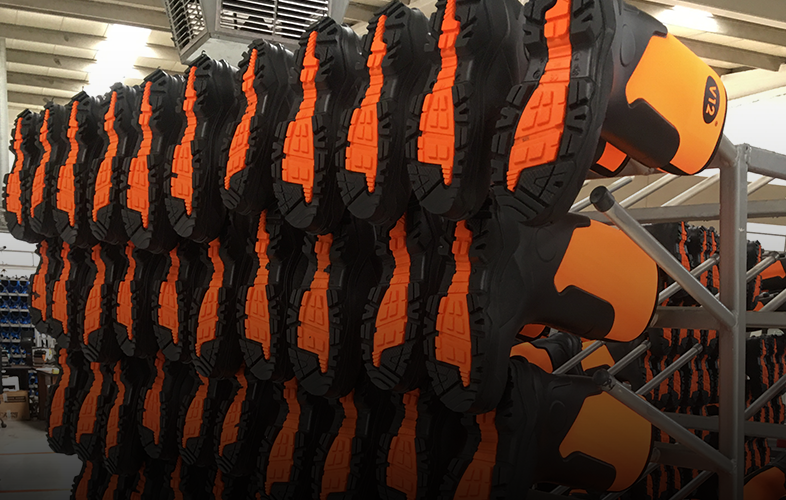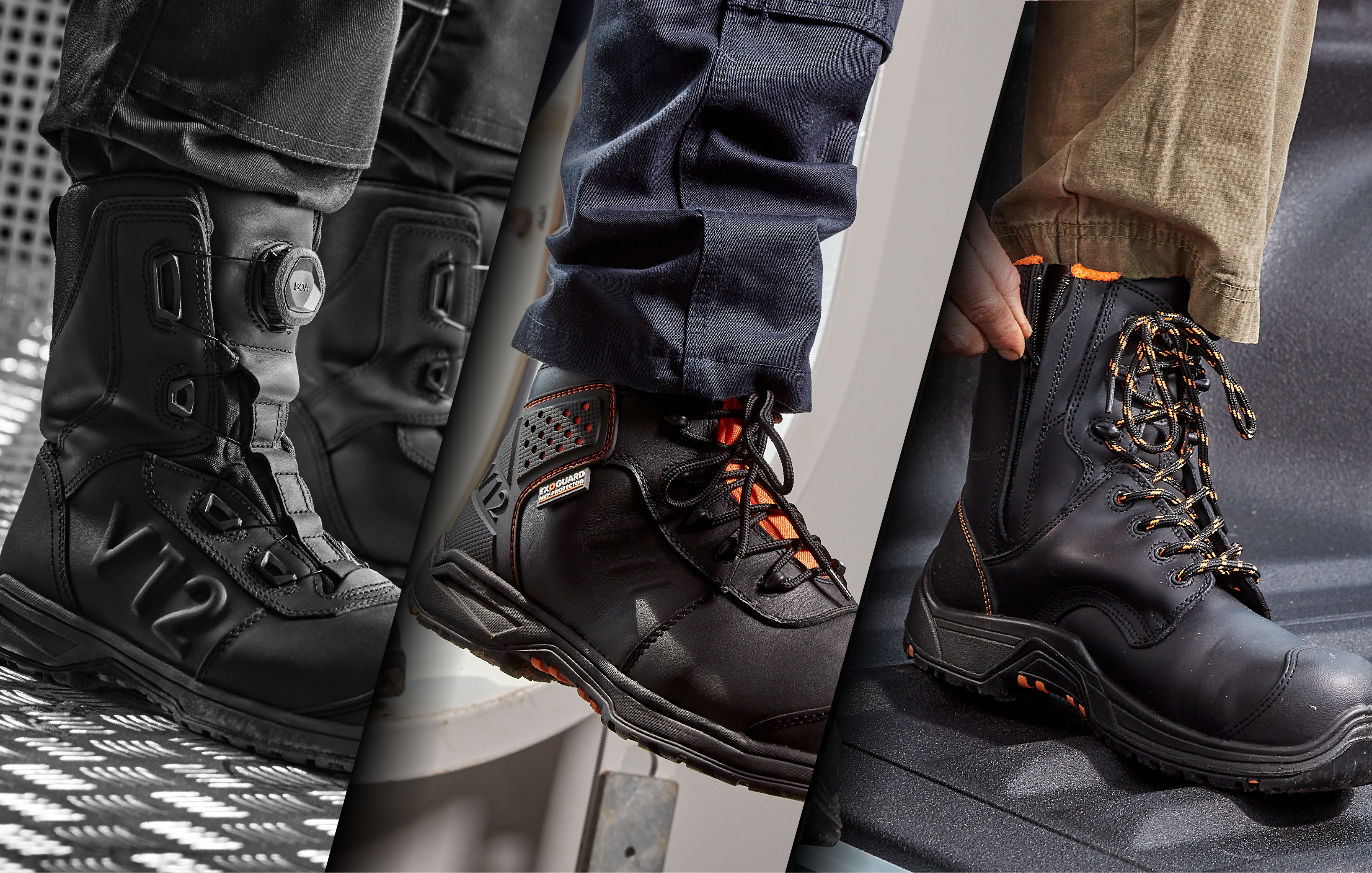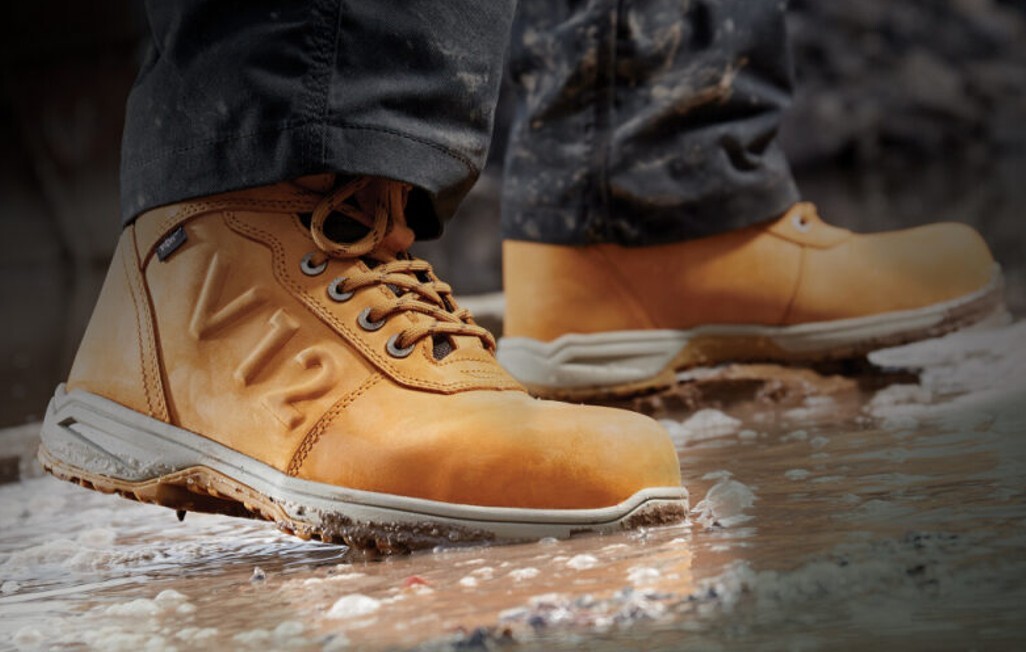In this article, we're focusing on the idea that the value of a safety product should be measured on its performance and investment required over time. To make this point, we'll be showing you the average journey of a low-cost safety boot, and what happens to its ability to protect and give comfort to its wearer over its life. We'll then compare this time line to a V12 safety boot, which is a higher-performing and more rigorously tested piece of footwear, leading to a comparably much longer journey.
It's understandable that when it comes to purchasing a product, looking for a less expensive or budget-supporting option is a key driver. But an inexpensive safety boot rarely stays inexpensive, because a product isn't good value if it doesn't perform or last.
So, let's compare the life journey of a less expensive safety boot made with 'off the shelf' materials which has passed only the standard testing requirements. How reliably will it serve the wearer and the company that wearer works for?
A boot with STANDARD testing and components
In the first few weeks, any safety boot regardless of its design and construction will probably do an adequate job. But with a less expensive piece of footwear, because it won't have been rigorously tested and made with premium materials, usually around the three month mark, it's common for wear to start showing.
1. The first thing to fail is often the insole. If it's made from a cheaper, closed-cell material, it will soon lose what little cushioning it originally had, and so comfort and foot health is swiftly affected, as is wearer performance and productivity.
2. Next, in a boot where lower-quality materials have been used, sole degradation is likely. This is a serious problem, because a worn sole will offer little to no grip on slippery contaminated surfaces. Slips are, according to the HSE, the most common cause of non-fatal work place accidents in the UK. It makes you wonder how much lower these statistics would be if all work boot wearers had their feet in higher-grade boots.
Want to know how much slip accidents cost companies each year? Find out here.
3. If a product hasn't undergone rigorous testing or has only inconsistently passed the relevant safety footwear tests, it's likely that its sole will break away from the upper far more easily. This delamination is an immediate trip hazard, rendering the boot unusable.
4. After increasing use, it's very likely that an inferior safety product's upper - which due to its cheaper price tag will likely be a weaker and less durable material - will start to wear down and abrade. Usually, this occurs behind the toecap, and this is a big issue for two reasons. If the toecap:
- becomes exposed, this can compromise its structure, making it unsafe and uncompliant
- is steel, this exposure can have very serious conductivity risks
And again: boots off and into landfill.
5. With poor or unthorough construction comes other upper related issues like snapping laces and broken eyelets. And while laces can be replaced, eyelets that have snapped pose snagging risks and could mean the beginning of a larger tear or cut in the upper.
6. As use continues past the three-month mark, the boots may lose their protective features and will need to be discarded. However, the wearer might get lucky and their footwear could stay in one piece for a few more months, the safety features retaining integrity. But at this point in a lower cost boot, there will certainly be a decline in comfort and good foot health for the wearer, because any cushioning, moisture-wicking or waterproof lining offered by the boot would have likely long disappeared.
An average work boot wearer is in their safety footwear for 8+ hours per day, so if they're not comfortable, it's likely they won't be worn. In the bin after just a few weeks, and destined for landfill. Hardly good value.
A V12 boot with 'ABOVE AND BEYOND' testing and components
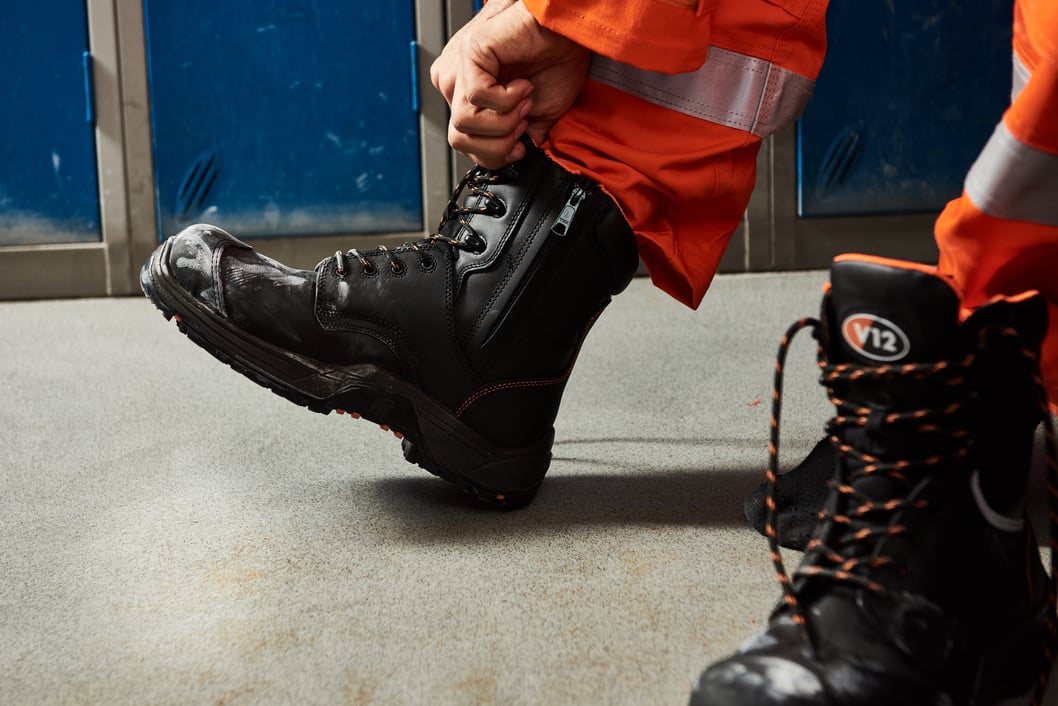
When a wearer puts on a V12 boot, its journey isn't just starting. In fact, it would have begun months - even years prior to being released on the market.
1. When we design a boot, we investigate all of the best possible materials for their suitability for the boots' intended environment. Often we will trial several different components until we are satisfied that it will best serve the wearer for comfort, safety and durability. Added to this, we regularly seek the expertise of leading foot health and podiatry experts, as well as industry-specific innovators during the product development phase.
2. When we test our boots, we really put them through their paces, because testing our products above and beyond the safety standards mean our customers and wearers have peace of mind their footwear will protect long-term.
3. Before being taken to market, a V12 boot will be trialled and tested in real world conditions by our Test Pilots. These trial wearers report back on any ways comfort can be improved, and these observations are worked into the new design. So as soon as the boot is on feet, it's a far safer bet than its cheaper counterpart.
4. As the wearer uses our footwear - unlike the cheaper boot - the components in a V12 style will be far more likely to perform because our boots' individual components are always selected from established, experienced and trusted suppliers, plus the leather used in our boots comes from LWG-approved tanneries.
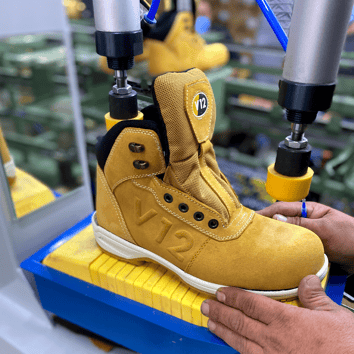
4. Because we use premium-quality rubber and PU compounds, as V12 boots continue to be worn in the workplace, our outsoles maintain wearer stability and comfort because they last, maintaining their grip and traction for longer, as well as their shock-absorption.
5. Finally, as time goes by, the unseen details in our footwear begin to really pay dividends. These include:
- The extra layer of cushioning we place under the heel to ensure the wearer doesn't feel the shank, which is the component that helps the boot flex more naturally. The shank is often left out by some manufacturers seeking to cut costs, because by eliminating the shank, less raw material and labour are required. Unfortunately, since the wearer cannot see inside the mid-layer of a boot, it's impossible to detect if the shank is missing.
- The top-grade EVA we use in our boots' extra-comfort midlayer to maintain comfort long-term.
- Our specially designed last that accommodates both narrower and wider global foot shapes for a universally comfortable fit.
This is why when wearers point out that V12 boots seem slightly more expensive than some other safety boot brands, we point out that a well-constructed, durable safety boot should not be a low-cost item, because so often, that means a lower performance. And that means the risk of injury increases.
THE RIGHT BOOT IN THE RIGHT APPLICATION
Next, keep in mind that the right boot is not the only factor when considering safety boot value. If the boot is not used in the appropriate way or environment, its lifespan will be significantly reduced.
For instance, if a wearer works in a role where they're often scuffing or kicking against machinery or rough surfaces, a boot without a scuff cap won't last long. Similarly, if a wearer is exposed to high levels of water, a standard boot without a waterproof membrane will quickly let water in and be rendered useless. And that can be an uncomfortable - and expensive lesson to learn. Read this blog for more information on using your boots in the right application - and when they might need replacing.
THE FACTS DON'T LIE
In a recent University of Bath survey of over 500 safety boot wearers, when asked how often they bought a new pair, nearly 90 wearers said their footwear had to be changed in the first 6 months. See for yourself below.
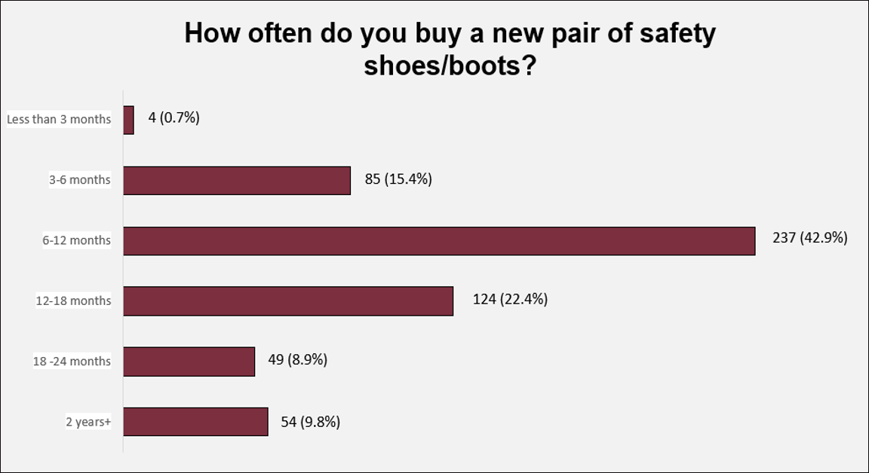
Now look further down. On the other hand, over 170 wearers said their footwear lasted them between 1-2 years. This isn't an accident - it's the difference between a boot that's been tested, made with high-performing components and used in the right environment - and one that can't boast all or any of these things.
If you want to pass on what you've learnt in this article to a customer to support a conversation about the boots they need, click below and download the visual version of this blog. It'll take a minute to talk through, but just like our boots, it could give you and your customers a lot in return.




